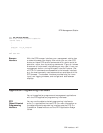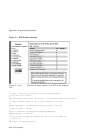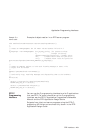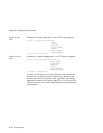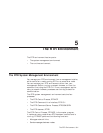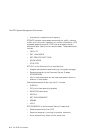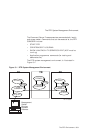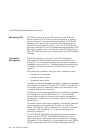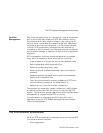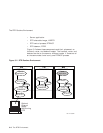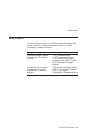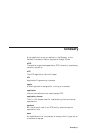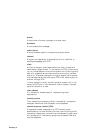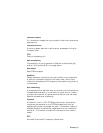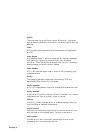
The RTR System Management Environment
Partition
Management
Partitions are subdivisions of a routing key range of values used
with a partitioned data model and RTR data-content routing.
Partitions exist for each range of values in the routing key for
which a server is available to process transactions. Redundant
instances of partitions can be started in a distributed network,
to which RTR automatically manages the state and flow of
transactions. Partitions and their characterisitcs can be defined
by the system manager or operator, as well as within application
programs.
RTR management functions enable the operation to manage
many partition-based attributes and functions including:
• Creation/deletion of a partition with a user-specified name
• Defining/changing a key-range definition
• Selecting a preferred primary node
• Selecting failover precedence between local and cross-site
shadows
• Suspending/resuming operations to synchronize database
backup with transaction flow
• Overriding the automatic recovery procedures of RTR with
manual recovery procedures, for added flexibility
• Specifying retry limits for problem transactions
The operator can selectively inspect transactions, modify states,
or remove transactions from the journal or the running RTR
system. This allows for greater operational control and enhanced
management of a system where RTR is running.
For more details on managing partitions and their use in
applications, see the RTR System Manager’s Manual chapter
‘‘Partition Management.’’
The RTR Runtime Environment
When all RTR and application components are running, the RTR
runtime environment contains:
• Client application
The RTR Environment 5–5



